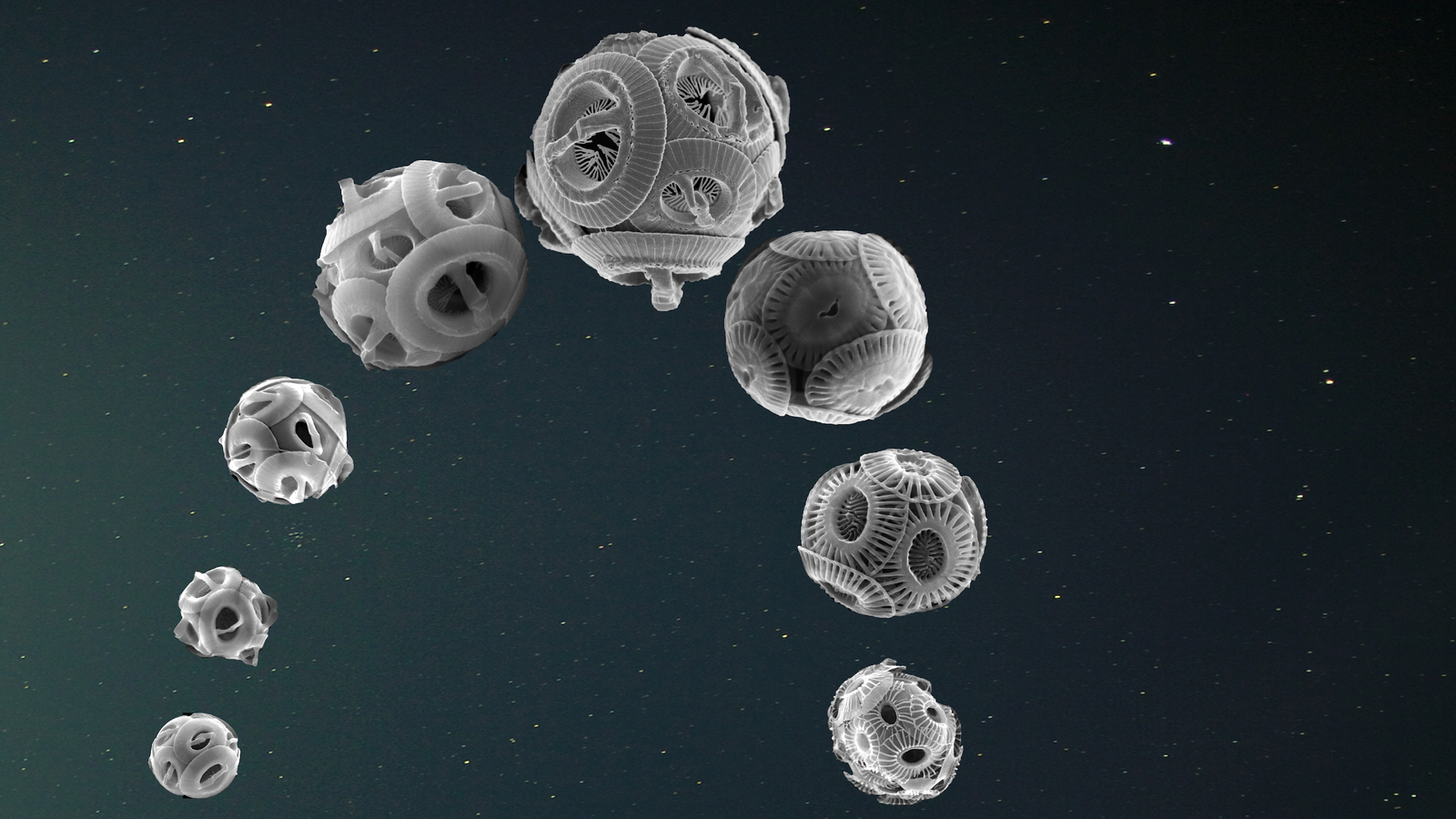Although the Earth’s orbit around the Sun is circular today, at times it has been more elliptical – making the seasons more eccentric – and a new study has found this has impacted biological evolution.
Scientists have been able to spot the impact thanks to microscopic algae known as coccolithophores which form tiny limestone plates around their single cells.
When coccolithophores die they sink to the bottom of the ocean where these tiny shells accumulate in sediments, offering a faithful and detailed record of how they evolved over geological periods of time.
Scientists led by a team at the French National Scientific Research Centre (CRNS) have published their study of this record in the journal Nature.
They examined roughly nine million coccoliths spanning an interval of 2.8 million years across several locations in the tropical ocean.
Using automated microscope techniques and AI, they discovered that the coccoliths – the limestone plates – underwent cycles that appeared to match the cycles of the Earth’s orbit around the sun.
The rhythm of diversity in the size and shape of the limestone plates – lasting 100 and 400 thousand years – indicated the evolutionary pressures caused by more volatile seasons.
As the CRNS team explained: “When Earth’s orbit is more circular, as is the case today (this is known as low eccentricity), the equatorial regions show little seasonal variation and species that are not very specialised dominate all the oceans.
“Conversely, as eccentricity increases and more pronounced seasons appear near the equator, coccolithophores diversify into many specialised species, but collectively produce less limestone.
“Crucially, due to their abundance and global distribution, these organisms are responsible for half of the limestone (calcium carbonate, partly composed of carbon) produced in the oceans and therefore play a major role in the carbon cycle and in determining ocean chemistry.”
The scientists say it is likely that the cyclic abundance patterns of limestone suggests “may explain hitherto mysterious climate variations in past warm periods”, but cautiously note this hypothesis is yet to be confirmed.

